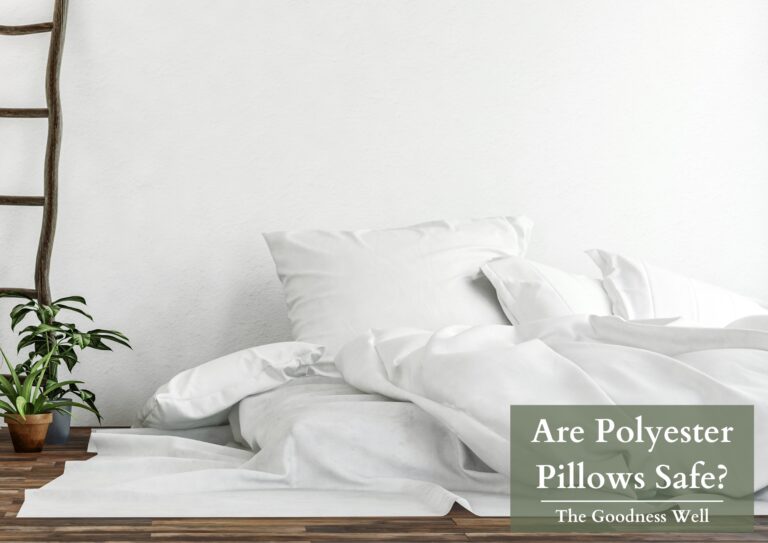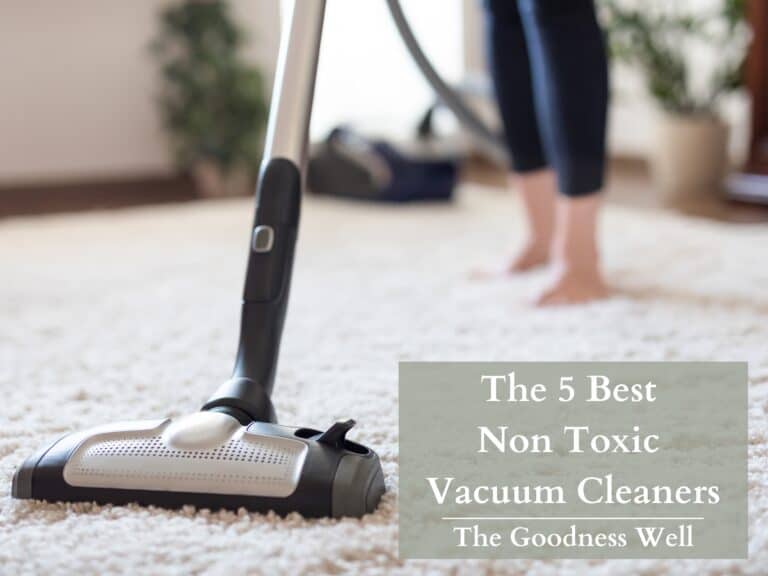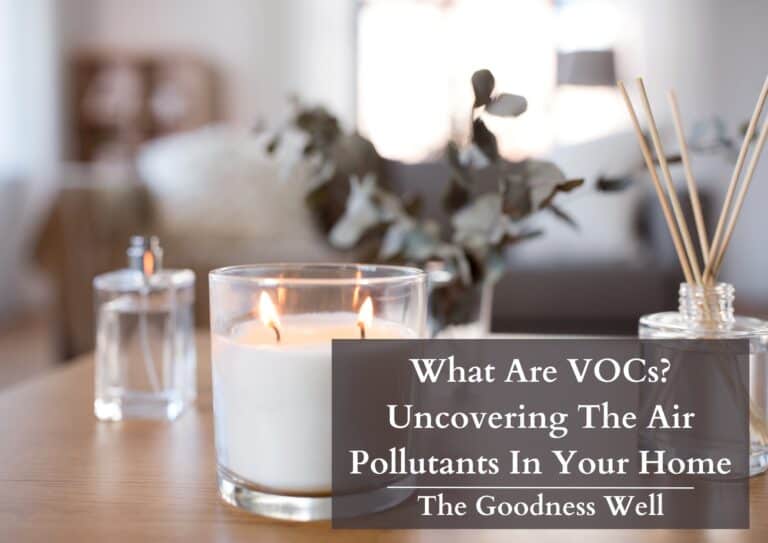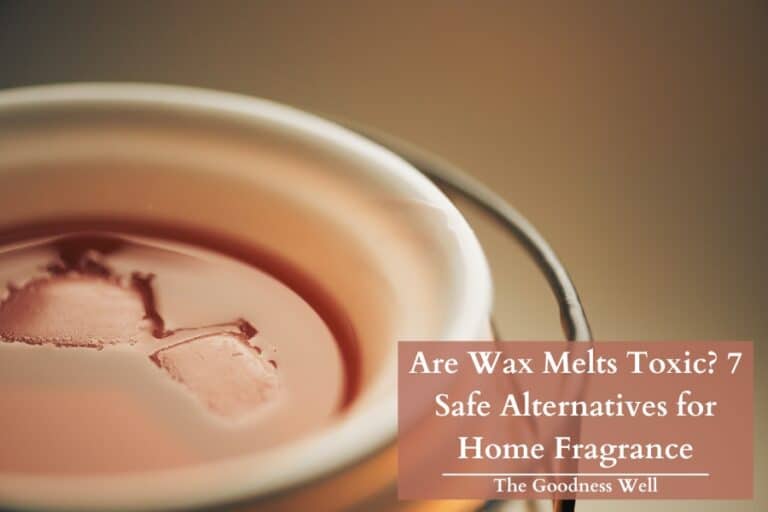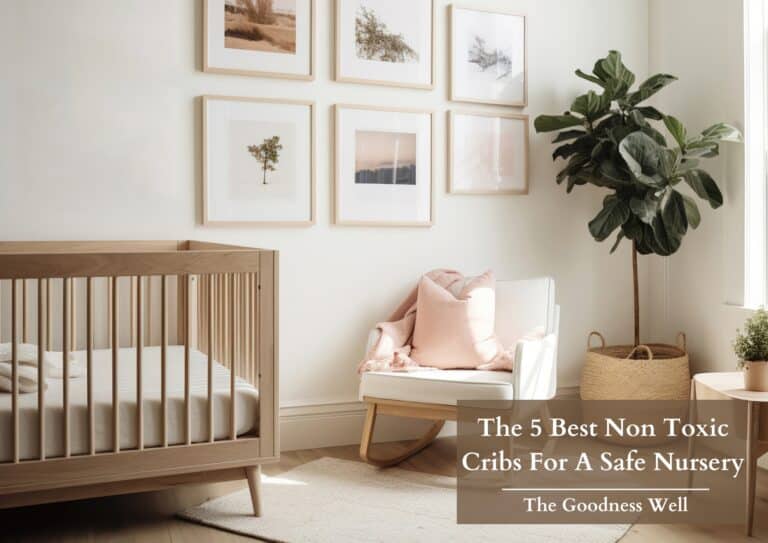Is Article Furniture Non Toxic?
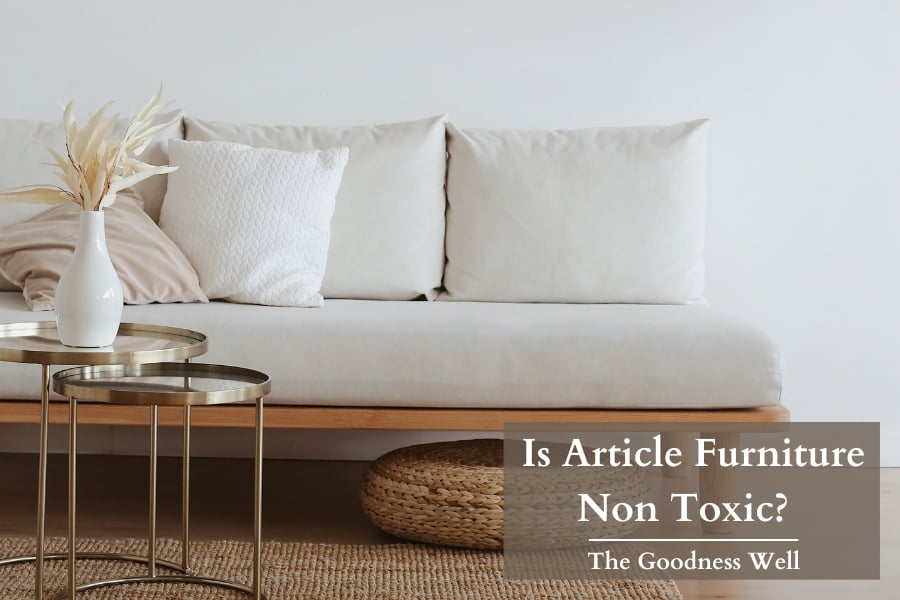
If you’ve ever gone on the hunt for furniture, you’ve probably come across Article Furniture.
They offer lots of options for both indoor and outdoor furniture and decor that is super stylish, affordable, and perfect for any home vibe.
But do we get safety along with style? And Is Article Furniture non toxic?
We asked ourselves the same question and decided to dig into the details. After researching Article furniture we discovered the truth…🔎 (we also dug deep in another article to find out if West Elm furniture is toxic)
Let’s get into it.
TL;DR
Article Furniture is not a non toxic furniture company. Their furniture is made using synthetic materials like polyester and acrylic fabric that can off-gas toxic chemicals and microplastics leading to negative health effects including skin irritation, endocrine disruption, and reproductive issues. Not to mention, they use engineered wood made with glue containing formaldehyde, a known human carcinogen.

Non Toxic Furniture? What It Is and What It Aint.
| Toxic(Most) Furniture Materials | Non Toxic Furniture Materials |
|---|---|
| Engineered wood(Plywood, MDF, Particle Board) | Made from solid wood, recycled metal, bamboo |
| Polyfoam | Natural Latex Foam |
| Synthetic fabric(polyester, cotton treated with pesticides) | Organic fabric(cotton, wool, hemp, or linen) |
| Glues containing high levels of formaldehyde | Low-VOC or No-VOC Finishes and Glues |
| Chemical Flame Retardants | Plant-based Polishes and Waxes |
| Lead and Mercury in Paints | Paints made without lead |
| PVC and Other Plastic Components | No plastic use |
What Makes Article Furniture Toxic?
Now that we know what non toxic furniture is and isn’t let’s look at some popular examples of Artile furniture.
To start it off we have Article Furniture’s Sven Birch Ivory Sofa.
Now don’t get me wrong this couch is cute!! But again is it safe? Let’s look at the deets!

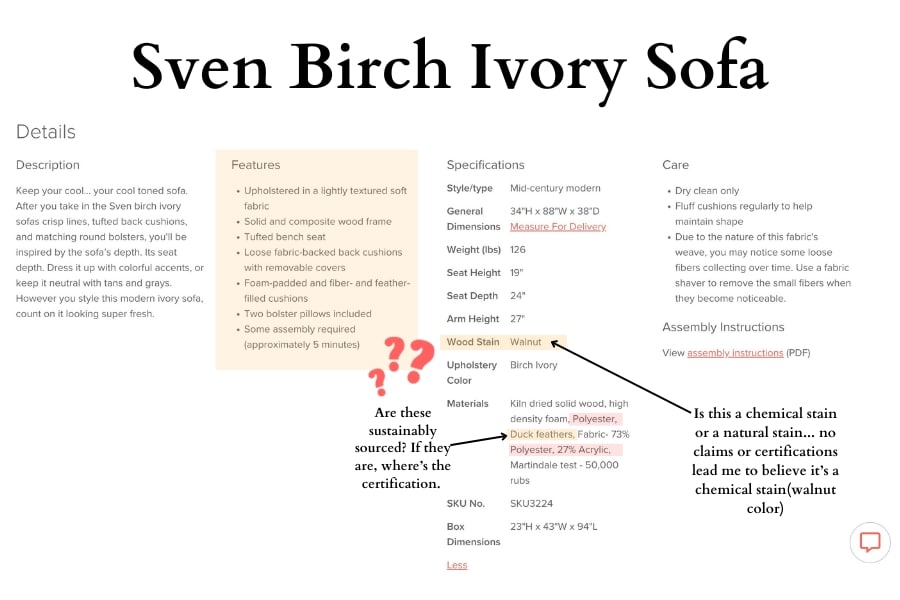
One thing I found super frustrating when researching Articles is that their material description isn’t super specific. Which only makes me most suspicious…
I did, however, find a few things that were concerning to me. One being their use of synthetic materials. In this specific furniture, Article uses polyester and acrylic as the main fabric.
Both of these synthetic materials are highly processed and are linked to health risks such as skin irritation, eczema, dermatitis, and even reproductive challenges and endocrine disruption.
Polyester has been called “endocrine-disrupting” and is linked to negative effects on fertility including miscarriages, lower sperm count, and microplastic found in the placenta.
Acrylic is a synthetic material that contains dimethylformamide which according to the CDC long-term skin contact with acrylic fabric can cause liver damage and other health challenges.
So yeah…we’re just not a fan of Article’s synthetic furniture. But to really drive this home let’s look at another popular furniture piece by Article.
Next up, Article’s Orange Spice Arm Chair.


Again we see the use of synthetic material but this time there’s also engineered wood.
The risk of engineered wood, in this case, plywood, is that VOCs like Formalydehed are constantly off-gassing, polluting your indoor air and increasing your risk for serious health challenges.
Many VOCs including formaldehyde are known human carcinogens. Yikes…👎🏽
But with all that being said what really drove this conclusion home is their lack of transparency and non toxic third-party certifications like Greenguard GOLD and FSC(Forest Stewardship Council).
You can see why we don’t consider Article furniture non toxic. They simply do not make products with the health and safety of consumers as the number one priority.
What Can You Do If You Already Have Article Furniture?
Well, what you want to do especially if you’re furniture is newer or has a chemical odor, is increase off-gassing.
Now you may be like “Huh?… I thought off-gassing was bad.”
Well yes, it is when it’s slowly allowing chemicals to seep into your air unchecked BUT we can actually use this to our advantage.
By increasing or speeding up off-gassing in a well-ventilated area (even better outside) we are allowing odors and chemical residues to escape the furniture much faster so it isn’t lingering in the air.
The “well-ventilated area” part is very important, you want the toxins to have somewhere to escape to.
Using air filters, opening windows, or doing this in a ventilated garage, patio, or anywhere outside is a great option.
Heat speeds up off-gassing so the sun is a perfect natural way to heat up your furniture. Just don’t leave your furniture outside for days at a time as the sun could alter its color.
This technique is in no way perfect… but it can drastically reduce the amount of VOCs lingering in your home and promote better indoor air quality.
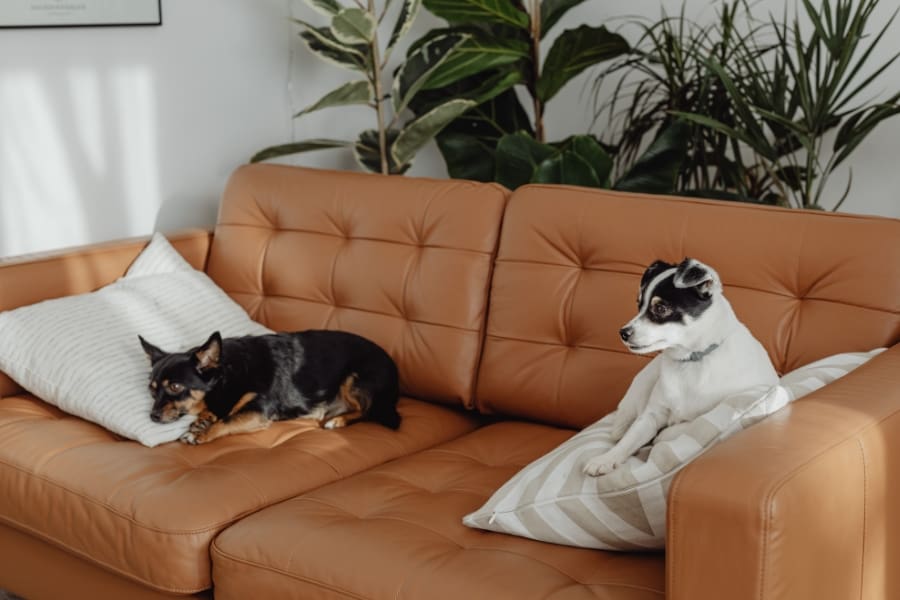
Final Thoughts
You have options…
Don’t settle for toxic conventional furniture brands that don’t care about you or even make quality furniture that’s safe for you, your family, and the environment.
You can have style, safety, and sustainability in brands that value consumer health.
Frequently Asked Questions
How do you know if furniture is non toxic?
The best way to know if furniture is non toxic is to look at the material details. Make sure there is no use of synthetic materials, flame retardants, chemical dyes, treatments, lead-containing paints, or stains.
One quick way to get a little bit more peace of mind is to look for non toxic third-party certifications like Greenguard Gold and FSC(Forest Stewardship Council).
What other furniture brands are toxic?
There are actually more furniture brands that can be classified as toxic than there are non toxic furniture brands.
But a few of the most popular brands that contain toxic chemicals are IKEA, West Elm, and even Ashley Furniture. For more information about how one of the biggest furniture companies, Ashley Furniture, is toxic, check out our article that gives you an in-depth review of Ashley Furniture.

